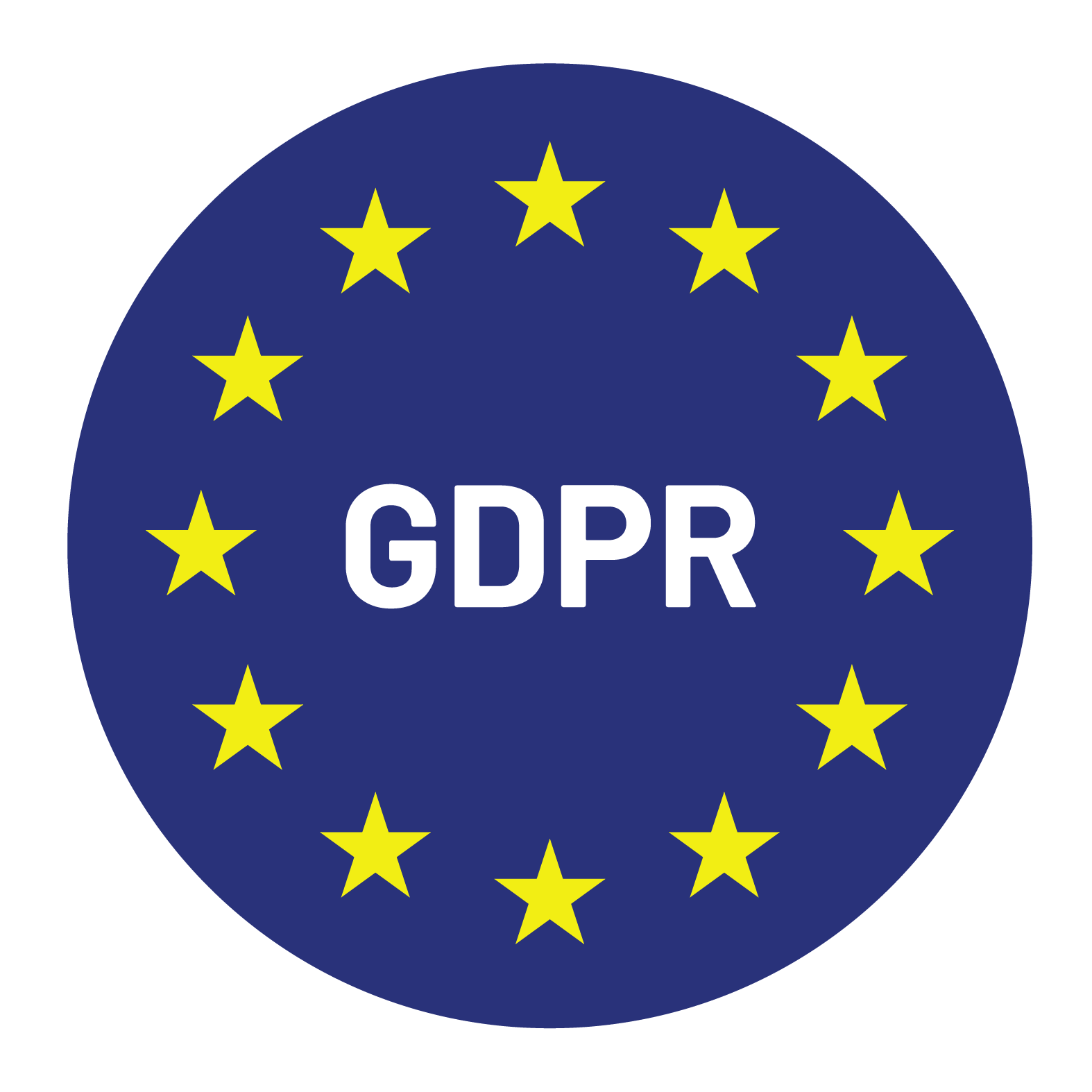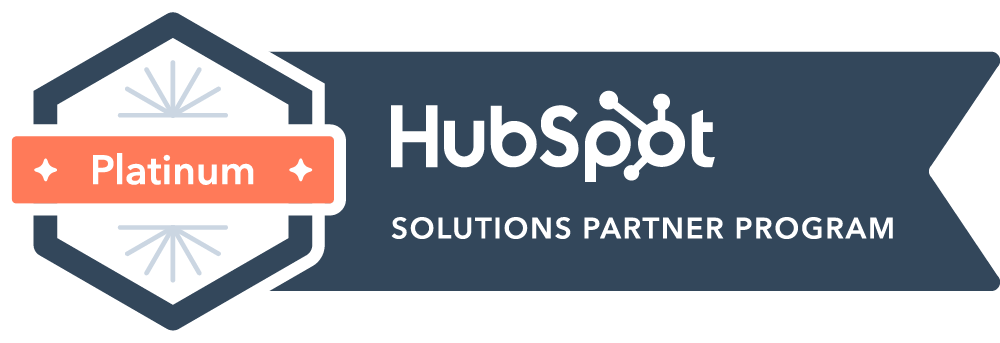


Content Writer for Whistle with multidisciplinary experience spanning over a decade.
Cold calling isn’t the most thrilling topic at social events, right? For many companies, it remains a powerful tool for lead generation. Think of it like a classic black dress – a timeless strategy that, when executed well, brings results. Cold calling may be considered outdated in today’s digital age. It offers a direct link to new markets and potential customers you might not reach otherwise. Social media helps with brand awareness, while cold calling allows for targeted conversations, assessing needs, and appointment setting success – bridging the gap between initial contact and closing the deal.
Consider appointment setting as the force behind your sales. It facilitates connections with potential leads, initiates in-depth conversations to uncover client needs, and enables you to customize your offerings to close the sales cycle. The initial phase of getting to know each other sets the foundation for a mutually beneficial outcome.
Before you pick up the phone, a little prep goes a long way. Here’s where you identify your target audience. Imagine you’re planning a targeted marketing campaign – you build profiles for ideal clients, segment your prospects based on needs, and prioritize who to reach out to first. Research is key – the more you know, the more impactful your call will be.
Identifying your target audience is the foundation of a successful cold calling campaign. Take some time to understand the ideal client for your product or service. Build detailed profiles that outline their demographics, pain points, and buying habits. Segment your prospects based on these needs to prioritize who to contact first. Conduct thorough research to gather information about potential clients and their businesses. The more you know, the more targeted your outreach will be.
Now it’s time to write your call script, the roadmap for your conversation. This isn’t about reciting a monologue! Think of it as a framework that incorporates the intel you gathered. It should include a clear introduction, a concise statement of purpose that grabs attention, and a pitch that highlights how your product or service directly benefits the client. Remember, address potential objections head-on and have a clear call to action – what do you want the prospect to do next?
Before you even dial the number, take some time to understand how you can truly benefit your potential customer. What’s the key benefit that will ignite their buying desire? But remember to identify the fear or doubt that might hold them back from buying. Understanding both is crucial for crafting a compelling pitch.
Cold calling is about sparking a conversation. Ask relevant questions that get the prospect talking and actively listen to their answers. This is how you determine their needs and tailor your pitch accordingly. Make the prospect feel comfortable and build trust by finding common ground and showing genuine interest in their business.
Open-ended questions are gold in the cold calling world. Instead of a yes/no snoozefest, ask questions like “What are your biggest challenges in this area?” or “How do you currently handle X?” These questions engage the prospect and give you valuable insights into their needs and interests. The more you listen and learn, the better you can tailor your pitch on the fly.
Rejection is a natural part of the cold calling process, and it can be a valuable learning tool. Analyze each rejection to identify areas for improvement. Was your pitch unclear? Did you address the prospect’s key needs? Use this feedback to refine your approach, improve your pitching techniques, and delve deeper into researching client needs and budgets. Remember, the more you learn from rejection, the more successful your cold calls will become.
Sales objections are inevitable, but they don’t have to derail your appointment setting goals. Effective strategies and tactics are crucial for addressing the issue. An effective approach is the 3 F’s: Feel, Find, Fix.
Now that you’ve navigated the initial call and addressed any objections, it’s time to secure that appointment. Here are some best practices to follow:
By following these tips and turning cold calling into a conversation focused on value and building trust, you can transform it from a dreaded chore into a powerful tool for generating leads and setting appointments that pave the way for sales success.
Although not the most glamorous sales approach, cold calling can still be a potent method for generating leads and setting up appointments. Understanding your target audience, creating a compelling script, and building genuine conversations can help you overcome objections and turn cold calls into warm opportunities.
Want to ditch the cold call script and focus on real conversations? Whistle automates busywork and can qualify leads, so your sales team can close deals. Find out how, here.


© Copyright – Whistle 2023

An expert panel on best practices for selling software.